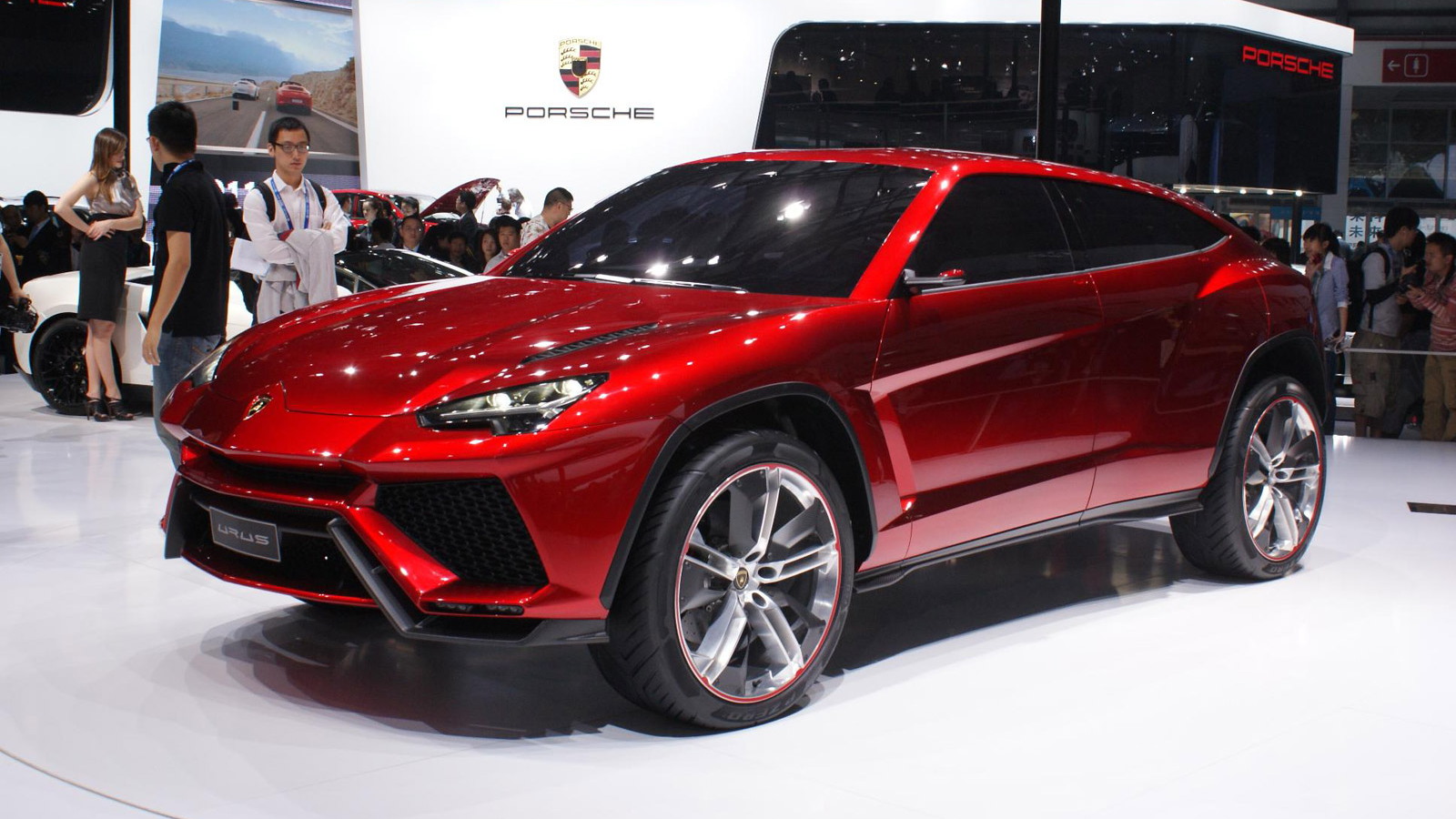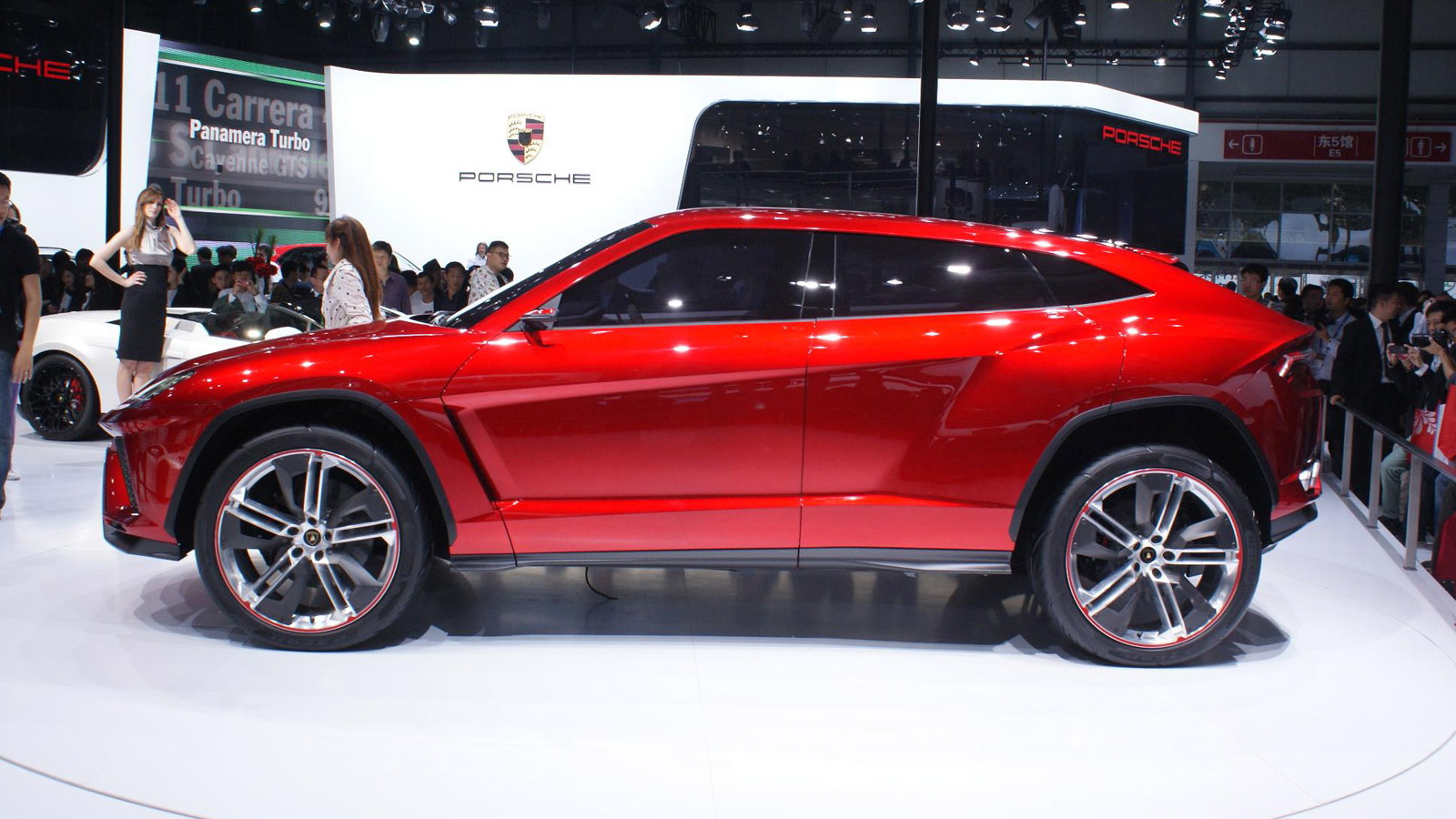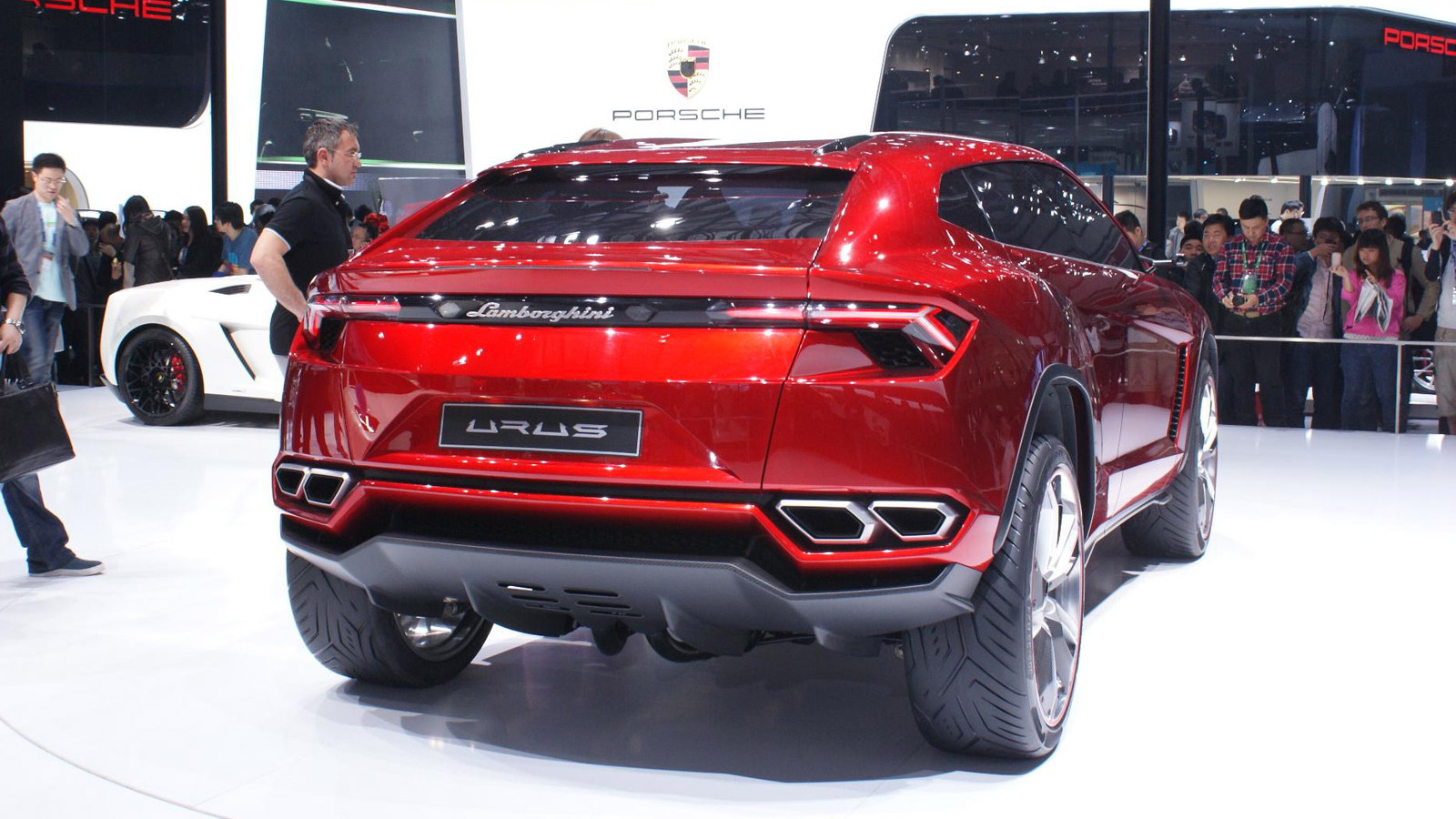The vehicle is on track for production though interested buyers are unlikely to be able to pick one up until 2017 at the earliest.
Part of the reason is due to Lamborghini having set some ambitious targets, as revealed by the automaker’s chief engineer Maurizio Reggiani.
Speaking with Automotive News Europe (subscription required), Reggiani said the production Urus will not only need to be the best-performing vehicle in its class, but the lightest too.
“This is forcing us to think outside the box," Reggiani explained. "We envisage a start of production no sooner than early 2017."
Another reason for the delay is Lamborghini’s decision to build the Urus on Volkswagen Group’s next-generation unibody SUV platform, which will debut with the 2014 Audi Q7 and will also be used for the upcoming Bentley SUV and third-generation Porsche Cayenne and Volkswagen Touareg SUVs.
While the new platform features a steel core, Lamborghini hopes to keep weight down by using carbon fiber for many of the sub-structures. One of these will be a T-shaped structure extending from the central tunnel to the rear suspension hinging points. It will be constructed from forged carbon, the same material Lamborghini used for its stunning Sesto Elemento concept from 2010.

Lamborghini Urus Concept
Another area where Lamborghini is hoping to shed the pounds is engine choice. One option, Reggiani said the automaker was looking at, was using a twin-turbocharged V-8 instead of a V-10 or something bigger. This should also keep costs down as Lamborghini is likely to employ the same turbocharged 4.0-liter V-8 currently utilized by Audi and Bentley rather than designing its own powerplant. Additional benefits include more low-end torque, which is ideal for SUVs, as well as its smaller overall size.
As for production volumes, Lamborghini is looking to sell up to 3,000 SUVs annually, which is close to double its current annual sales tally for its two supercar models, the Aventador and Gallardo. Key markets will be China, the Middle East, Russia and the U.S.






